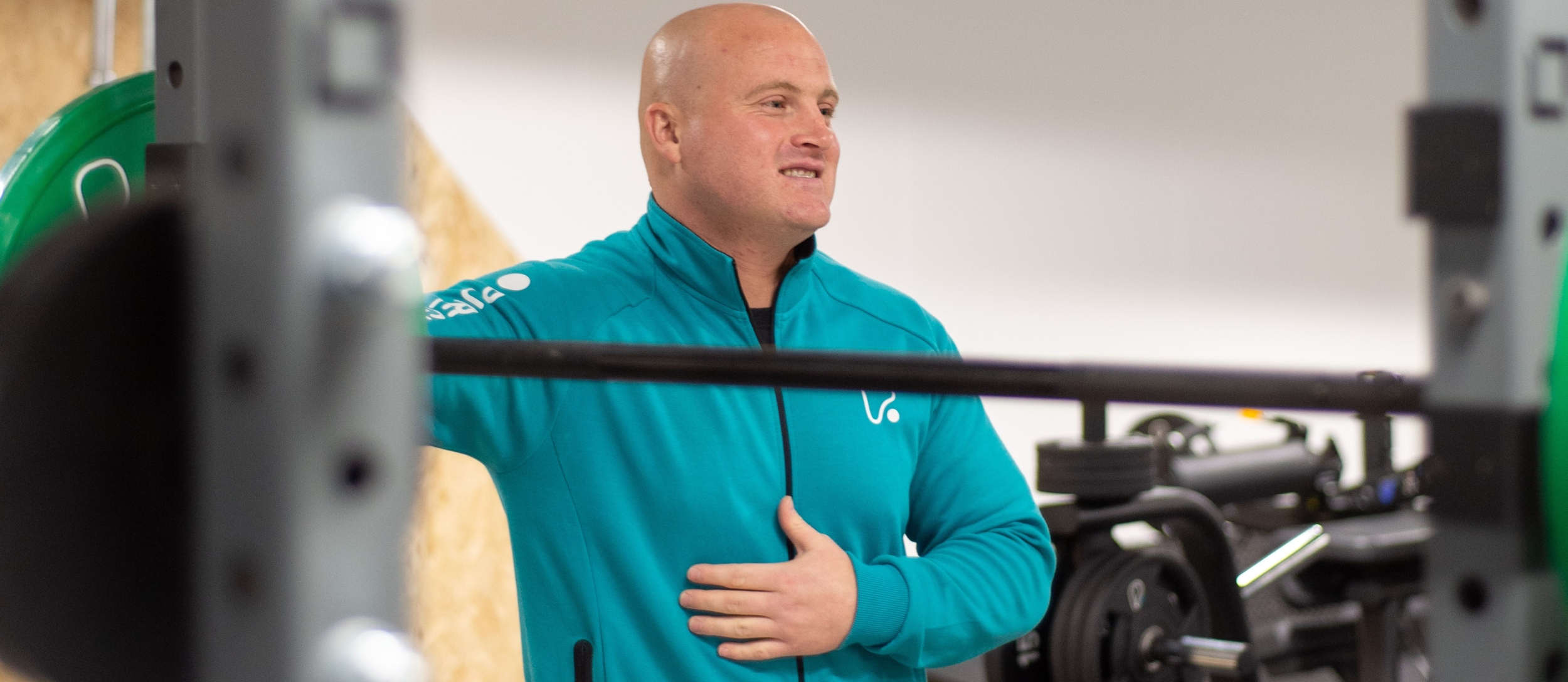Choosing a career path as a Personal Trainer is tough to navigate. Unlike other careers, there are a variety of options available, one of the biggest being whether to be employed or self-employed.
There’s no right answer and one option isn’t better than the other. There are several pros and cons to both models and it’s just about gathering all of the information and choosing which is right for you. We’ve outlined some of the key points and the pros and cons to both so that you can make an informed decision when the time comes.
Employed
Commercial gyms, health clubs and class-based gyms often employ Personal Trainers. This comes with a set salary and duties include: teaching classes, keeping on top of the gym floor and training members of the gym. You might also be asked to perform housekeeping duties such as giving tours of the gym, wiping down equipment and greeting members upon entry. Some gyms might pay for Personal Training, whereas others will include it as part of your wage. With this mode you will receive the benefits of any other salaried job and there is the possibility to progress to managerial positions.
Pros
Employee benefits: As an employee, you will be entitled to sick pay and holiday pay, as well as maternity and paternity leave. This means that there is no worry about taking days off and having to cover the cost.
Learn from others: Working as an employee with other trainers, you will be part of a community. This can be vital to your progress in the industry as it gives you the opportunity to learn from more experienced trainers and also be part of a like-minded team.
Cons
Less flexibility: One of the most desirable traits of choosing a career in Personal Training is having a schedule that suits you. As an employed Trainer you won’t have that freedom and will have to work hours assigned by the gym. These are often unsociable hours as gyms are open from early in the morning until late. There is also the chance that you will be teaching classes and working during peak Personal Training hours and won’t be able to give clients these time slots.
Capped earnings: Another reason that people choose this career path is the desire to build a business and reap the financial rewards. With an employed position your salary is capped unless you move into higher paid positions within the business.
Self-employed
Trainers often transition to a self-employed model after they’ve got a few years of experience under their belt and have built up a client base. As a self-employed trainer, you still have the option to work at commercial gyms, but on top of this there are also boutique studios and the option to open up your own space. Many commercial gyms give you the option to trade hours for rent. This gives the trainer the opportunity to meet members in classes whilst saving money on gym rental and remaining self-employed.
Pros
Freedom: As a self-employed trainer you are your own boss. As long as it suits your clients, you are free to choose your own hours and have unlimited earning potential. You also have the option to take holidays and days off as and when you choose.
Build a business: This is one for the ambitious Trainers. Running your own business is hard work, but it can also be extremely rewarding. You get to choose your branding, the type of clients you want to train and which direction you want your business to move. This could be taking steps to open your own studio or moving to an online business.
Cons
You’re not just a trainer: If you’re running a business then you’ve got to wear several hats. As well as training clients you’ll be responsible for your finances, marketing and sales. You need to be mindful about being able to balance different aspects of the business.
Additional costs: As a self-employed trainer you will likely have to pay to rent the space at a gym which will be a minimum of £200 per month. On top of this, you will not get sick pay, holiday pay or any other benefits. So, you need to consider these things when taking into account your earnings and spending.
The verdict
It really comes down to personal preference. Most people starting out choose the employed path because it comes with a steady income, more security and a platform to help grow your business. From here, many trainers transition to a self-employed model. However, if you want more flexibility from the offset and want that extra push, there’s no reason why you can’t be self-employed from the word go.
Thinking about becoming a PT? Check out our course page here for our in-person courses we run here in Manchester.











